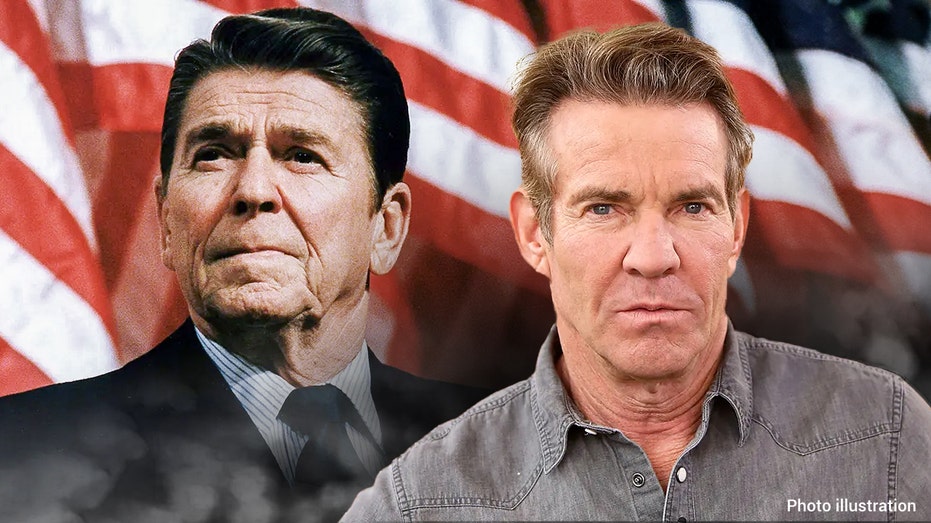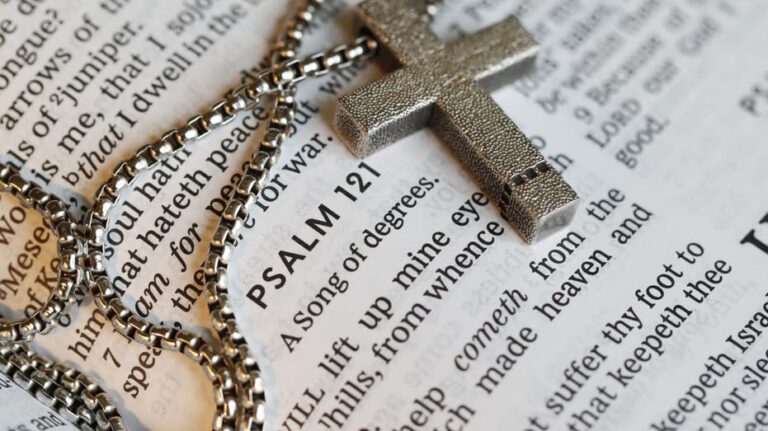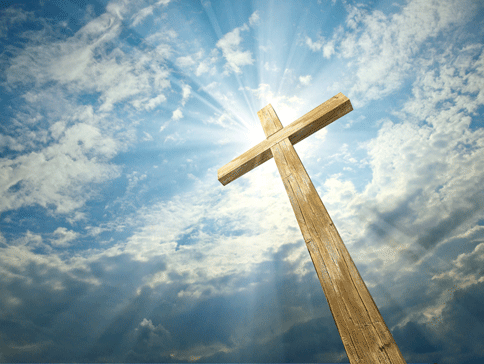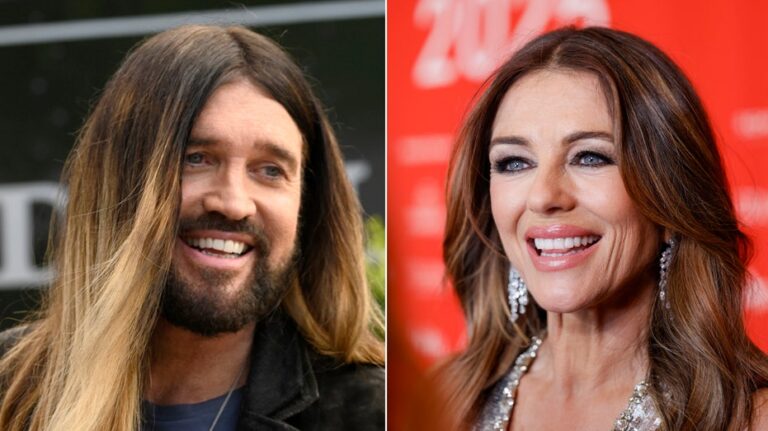
Decades ago, America was holding out for a hero and got one — Ronald Reagan. The movie about the president’s life was beloved by fans but hated by critics. Here’s how that happened.
It is a bit unnerving, to put it mildly, to sit in an audience of strangers as your movie is shown publicly for the first time.
Oh sure, it’s really cool and everything you dreamed of when you got into this thing: celebrities, glam, sparkly dresses and tuxes. It’s a big Hollywood love fest as you stride down that red carpet. But underneath your cool exterior is this gnawing unease and dread…
What if they hate it?
Double that dread when you’ve lived that nightmare. Which I have.
And so it was, the night “REAGAN” premiered on Hollywood Boulevard at the historic Chinese Theater, where the shoe and hand prints of the movies’ greatest of all time wait silently for your offering. I wrote the screenplay for this movie, which doubles down again on that dread, because all screenwriters know if a movie with the likes of Dennis Quaid, Jon Voight, Mena Suvari, Kevin Dillon and Penelope Ann Miller doesn’t work … it’s probably on you.
Lights dim. Movie rolls. Two hours later, the fear gives way to joyful tears as our hero rides away into the sunset as a hero should and the audience rises to their feet, applauding through their own tears.
And it happens again, in another premiere event in another city.
And yet again, in a third city. This time with an impromptu receiving line at the back of the theater, with people thanking me and director Sean McNamara, and again, tears of joy flowing. As the movie opened nationwide, my phone and those of my band of brothers who spent nearly two decades of our lives creating and producing it were blowing up with messages from all over the country, reporting the same response.
It was as wonderful as it sounds.
And then I opened up my first review.
And then a second one. And a third.
Apparently, I, and lots of standing-O, tearful people around the country are just plain wrong.
“Worst Movie of the Year,” is how one of the more prominent critics put it. “A children’s movie for the adult diaper set,” mocked another. And more than 80% of his critic brethren tracked by Rotten Tomatoes agreed with him.
While at the same time, the same rating service was reporting an astounding 98% positive viewer rating, the largest gap in the history of Hollywood.
So. Critics: 18%. Viewers 98%. As my kids would say, What’s up with that?
Now on the surface, this shouldn’t surprise anyone. And it didn’t surprise us. The hero of this film, Ronald Reagan, the 40th president of the United States, represents the gold standard of American conservatism. It’s not news to anyone, the mainstream press and certainly Hollywood stand staunchly on the other end of that spectrum from him. So, it’s easy to shrug off the vitriol and just plain meanness as more of the same of our cultural divide, on ideological lines. 82% of them hating it is a tad extreme, but not all that unexpected.
But I think there’s something deeper going on here, and should give us all — liberals and conservatives — pause, as we look at what this movie has apparently laid bare in America’s cultural divide:
A tiny minority of people with outsized platforms either don’t believe in heroes or can’t look past their own biases to know one when they see one.
I don’t write movies for critics, but I do learn from them. Even the mean and petty ones. Now an artist should never defend or explain his work, it should speak for itself to any viewer. And believe me, there are a dozen things I wish I’d written better in this one.
Still, I smiled at one of the nastier reviews when the writer used the word, hagiography in his evisceration of “REAGAN.” With respect, I feel it is my duty to this critic to explain the difference between a hagiography and a heroic story.
Hagiography is a literary form. It’s been around about 2,000 years and refers to the biography of a saint. With all the saint’s flaws, failures and weaknesses whitewashed away into semi-divinity, as he or she walks the planet among us mere mortals.
The heroic story has been around as long as human beings have been telling stories. Its central theme is the flesh and blood man or woman rising above the flaws, weaknesses, mistakes and failures common to us all, to fight a battle bigger than himself, even at the cost of laying down his life for his friends, family or country.
It is, at its core, the true meaning and beauty of art: depicting the finest of human virtues, and until about 60 years ago, the most common storytelling form in all media. But tastes have apparently changed in this post-modern Third Millennium.
Or, have they?
If we really want to understand something like a 98-18 Rotten Tomatoes score between movie critics and “real” people (sorry, couldn’t resist), we need to first understand the context. And that requires a little history.
Most everyone agrees that the cultural revolution of the 1960s changed everything in America. Much of it, like the civil rights movement, speaking out against a terrible war, landing on the moon, and rock ’n’ roll, was very, very good.
But some of it … not so much.
Among this latter category, was the rise of the anti-hero in literature, music and film. And the anti-hero was the embodiment of the ’60s youth movement— the Baby Boomers as they came of age, questioning, protesting and rejecting many of the heretofore shared values of the country.
And a new wave of movies reflected this, celebrating the anti-hero, and/or deconstructing American traditions and values. Films like “Easy Rider,” “Bonnie and Clyde,” “A Clockwork Orange” and “The Wild Bunch” took the baton from “Rebel Without a Cause” and “On The Waterfront” from the decade before, and the form really took off in the 1970s.
To be clear, this is not a critique of these individual films, they are all very good, as are many just like them. Some made by the greatest filmmakers of all time.
But here’s the point. Underlying this form is a cynical, nihilistic and pessimistic view that permeates all of those once-shared values. And this became the prevailing view among the academic, artistic and literary set, especially on the American college campus. It was cool. While a positive worldview of heroes, family, Judeo-Christian values and America itself was largely looked down upon as corny, dated, square … the definition of uncool.
I went to USC Film School in the ’80s, and with the exception of one professor, this viewpoint was represented by every one of my instructors, especially the ones teaching film criticism, and, by the way, they hated Reagan.
And today’s film critics studied under them.
CLICK HERE FOR MORE FOX NEWS OPINION
So, of course, the “REAGAN” 18% score among them was not surprising. What was surprising was the 98% filmgoers score, including not a few Democrats, some of whom contacted me.
They got it. This is not a Republican movie. It’s an American movie. A hero’s journey, not hagiography. It’s far from saintly or perfect, for those keeping score at home. Reagan loses a girlfriend, a marriage, a child, a career, an election, and he’s basically washed up at the age of 50.
And those people standing and applauding in the theater, with genuine tears? They, too, have had failures in their lives. They’ve lost loved ones, jobs, a sense of purpose and the very desire to live. But they believe in heroes. They know one when they see one. They remember a time when they were very rightly revered, regardless of their politics, and they long for that time again. And they, too, hope to be heroic one day.
That’s who I write movies for. That’s who we made this one for.
And we’ll do it again. Soon. And now I have a record to shoot for: to have an even greater gap between the scores of critics and those of filmgoers.






